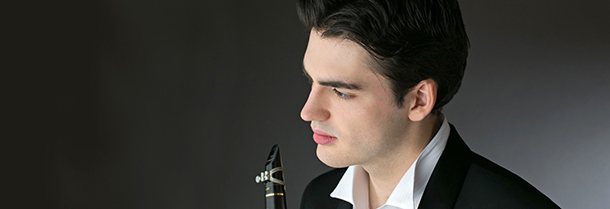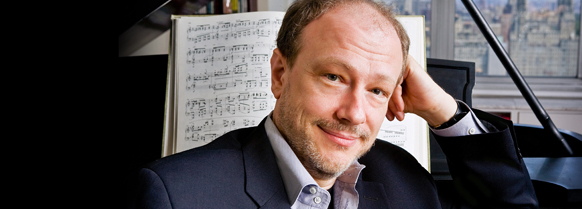Tag: Alban Berg
-

PROGRAM NOTES: RAPHAËL SÉVÈRE & PAUL MONTAG
Alexander Borodin Sonata for Cello and Piano in B Minor (adapted for clarinet & piano by Raphaël Sévère) The role of the noisy neighbour in music history is an unjustly neglected theme for research but well worth considering in the case of Alexander Borodin’s Sonata for Cello & Piano in B minor (c.1860). Deeply imprinted…
-

PROGRAM NOTES: MARC-ANDRÉ HAMELIN
Alban Berg: Piano sonata, Op. 1 “Among the most auspicious Opus Ones ever written,” was Glenn Gould’s assessment of Alban Berg’s piano sonata. Berg wrote this work in 1907-08 while studying with Arnold Schönberg. Originally it was intended to have three movements but, after completing the first, Berg found that “for a long time nothing…



